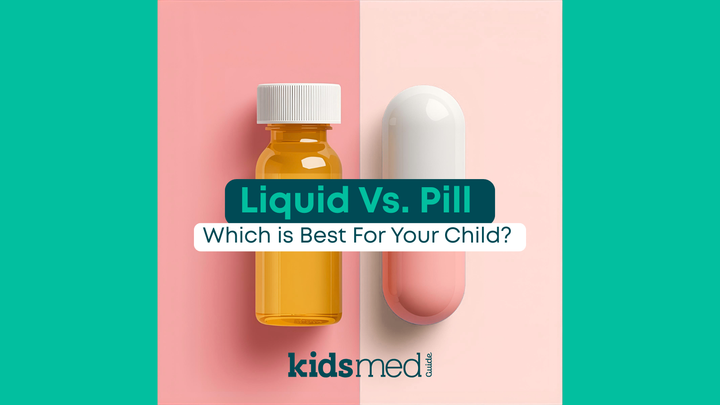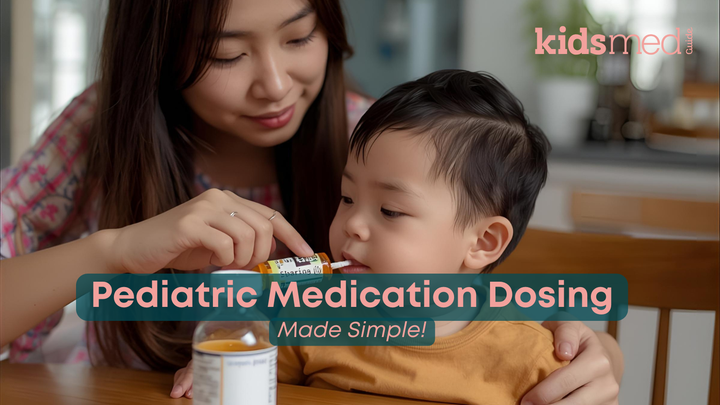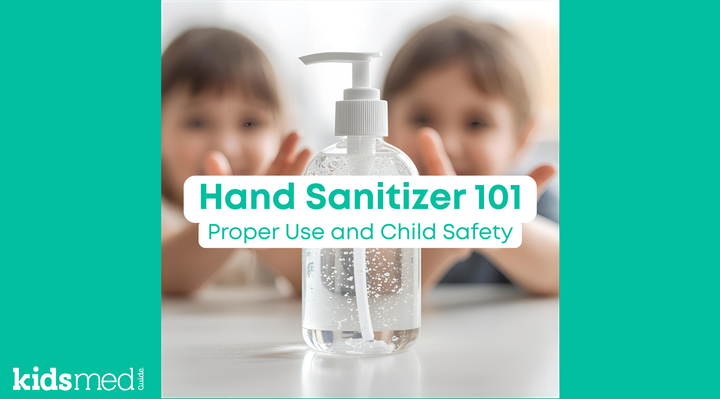Managing ADHD Medications During the School Day
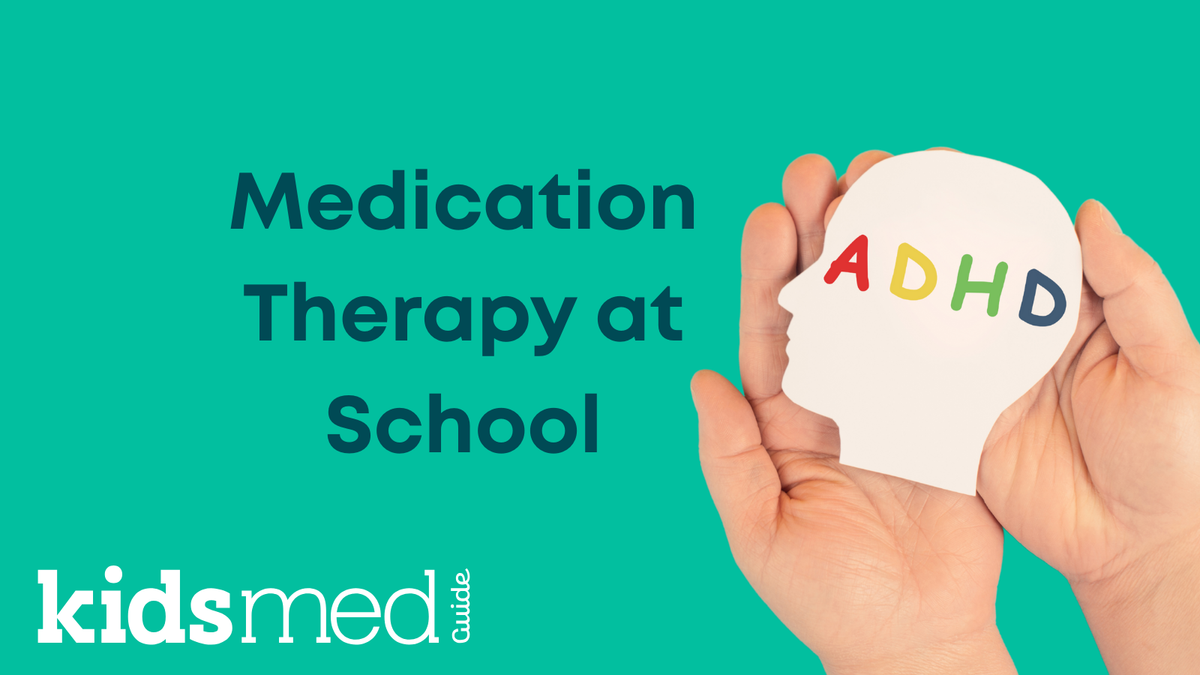
Starting a new ADHD medication during the school year can feel like adding another subject to the parenting curriculum. Getting an ADHD diagnosis and arranging the proper support to help your child thrive can sometimes be a challenge. Introducing a new medication to learn about and manage makes it even more complicated.
Why ADHD Medication Management Matters in Schools
There are many ways to treat ADHD in children, including medication, psychotherapy, educational support, social skills training, and school-based accommodations. Children may also need help with co-occurring conditions such as learning disabilities, anxiety, or depression.
Children and teens are all different, and a multimodal support system is usually best!
That being said, ADHD medication is regarded as the most effective treatment for ADHD. Regular use of prescribed ADHD medications is one of the best ways to support focus, reduce impulsivity, and improve behavior during the school day.
This is important because studies show that untreated ADHD symptoms can disrupt learning, peer relationships, and self-esteem.
Along with parents, school staff—including teachers, aides, and school nurses—play an important role in supporting students. Monitoring for side effects, noticing changes in attention and behavior, and ensuring medication schedules are followed are all essential in keeping children safe and engaged throughout the school year.

Types of ADHD Medications and How They Work
Two main categories of ADHD medications are used in pediatrics.
- Stimulants: These include methylphenidate (Ritalin, Concerta) and amphetamines (Adderall, Vyvanse). They are considered first-line treatment and work by increasing dopamine and norepinephrine activity in the brain. This helps improve attention span, reduce hyperactivity, and curb impulsive behavior.
- Non-stimulants: Options like atomoxetine (Strattera), guanfacine (Intuniv), and clonidine (Kapvay) may be prescribed if stimulants are not tolerated or are ineffective. These medications target norepinephrine pathways or act on alpha-2 adrenergic receptors to improve the regulation of mood and attention.
Long-acting vs. short-acting medications
- Long-acting medications are typically administered in the morning and remain effective throughout the school day and into the evening. There are multiple products on the market, many with different release mechanisms and different durations of action.
- Short-acting medications can be taken in the afternoon or evening to bridge the patient until bedtime as their long-acting agent wears off. They may also be used as needed or at other times of the day if the desired therapeutic effect is for 3 to 4 hours.
If your child’s medication wears off too soon or causes side effects, talk to your child’s doctor. There are many options for stimulants and non-stimulants, and changing the dosage or medication might improve your child's results.
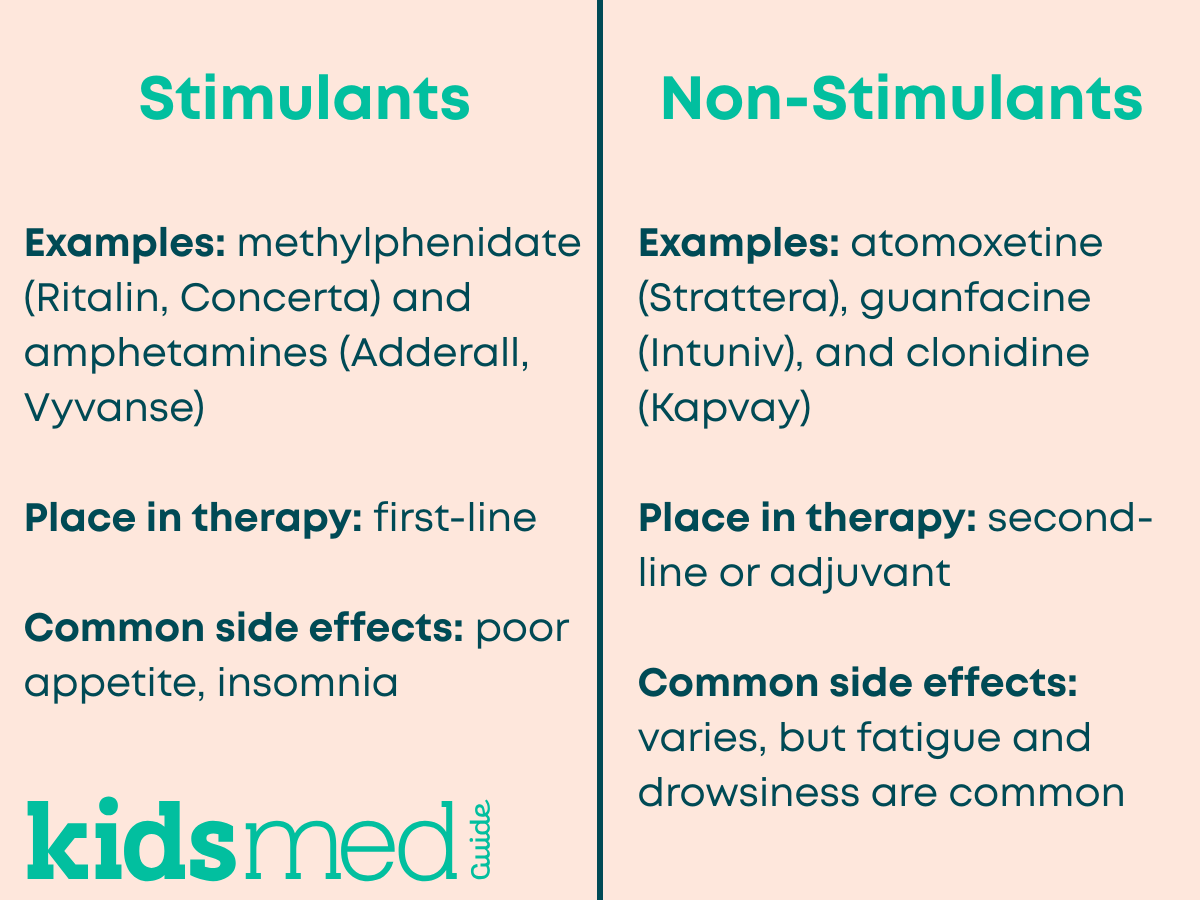
Administering ADHD Medications in School
Many ADHD medications are available in long-acting forms, which help because the medication's effects can last all through the school day. This allows a child to perform well at school without experiencing a midday increase in symptoms or needing a trip to the nurse for more medicine.
Other children may best tolerate a regimen that requires a midday dose at school. Each child's situation is unique! If your child needs a dose of medication during school hours, you will likely work with the school nurse to coordinate it.
Role of school nurses
School nurses are often the primary point of contact for administering ADHD medication in schools. They:
- Store and safely administer medicines.
- Record each dose administered.
- Watch for side effects such as loss of appetite, stomach problems, or mood swings.
- Communicate with parents and prescribers if any concerns develop.
Safe handling of medications
Best practices include:
- Storing medicines in their original labeled containers.
- Utilizing locked storage to prevent errors and misuse, while also maintaining accurate inventory records.
- Maintaining clear documentation, including the student’s name, dosage, time, and prescriber instructions.
Coordinating with teachers and staff
Teachers and classroom aides might notice changes in attention or behavior during the day. Regular communication with the school nurse and parents helps make sure that any concerns—like reduced effects in the afternoon—are addressed promptly.
Teachers, counselors, and other school staff are often crucial in diagnosing ADHD in school-age children. Usually, behaviors need to be observed both at school and at home to help with diagnosis. It’s important to collaborate with your child’s teachers and counselors to ensure they receive the best possible care and treatment plans.
If your child’s medication dose needs adjustment, the teacher might be the first to notice a pattern and alert you to your child’s changing health needs.
Preparing Families and Students for Medication Management
Parents play a central role in ensuring safe and effective management of ADHD in children at school. Strategies include:
- Work with your healthcare provider to find the best medication with a simple dosing schedule. Ideally, your child won’t need to take medicine at all while at school!
- If your child does need a dose of medicine at school, provide updated prescriptions and signed medical authorization forms to the school nurse.
- Review your child's medication routine at home so they understand what to expect.
- Communicate openly with teachers about your child’s learning needs and potential side effects of medication.
- Encourage older children to take responsibility for their health by checking in with the nurse as scheduled, while maintaining safeguards.
Common Challenges and How to Overcome Them
ADHD medications are most effective when taken consistently, as prescribed. When combined with other treatments like therapy, individual education plans (IEPs), psychoeducation, and lifestyle changes, taking medication as directed helps your child learn and socialize to the best of their ability.
- Missed doses: Keep a written schedule and have the nurse call if a dose is forgotten; and have a plan in place to bring the medicine to school if the morning dose is missed.
- Side effects: Speak with your healthcare provider and read the package insert to know what side effects to watch out for and how to alleviate them.
- Schedule changes: Half-days or field trips may require planning.
- Miscommunication: Use a medication log or daily report that travels between school and home if your situation requires daily communication.
Regular follow-ups with your child’s healthcare provider allow dose adjustments and monitoring of growth, blood pressure, and overall progress. Your doctor may suggest drug holidays during periods of no school, such as weekends or holidays.
Conclusion
Medication is one of the first-line tools in managing ADHD. Every child is unique, and treatment plans should be tailored to each individual. The good news is that many options exist for treating ADHD, and working with your healthcare provider increases the likelihood of finding an effective therapy that improves symptoms.
Work with your school nurse and teachers to give any necessary medications, monitor for effects and side effects, and support your child with other treatments such as IEPs, therapy sessions, or behavioral plans.
Frequently Asked Questions
What types of ADHD medications are commonly used in children?
Stimulants like methylphenidate and amphetamines are first-line. Non-stimulants such as atomoxetine and guanfacine are also options. Drugs may be used alone or in combination with one another. Your pediatrician or neurologist can help develop the best treatment plan for your child.
Who can administer ADHD medications at school?
Typically, the school nurse or trained staff member is responsible. Policies vary by state and district.
How should side effects be monitored during the school day?
Teachers and nurses can watch for changes in mood, appetite, hyperactivity, or sleepiness and communicate with parents.
What steps should parents take if their child's medication schedule changes?
Notify the school nurse in writing and provide updated prescriber instructions. Never adjust doses without medical guidance.
Are there legal requirements for ADHD medication administration in schools?
Yes. Schools must follow state laws and district policies. Parents usually must provide written authorization and a current prescription label.
The following references were used to compile this information:
AAP Updates Guidelines on Attention Deficit Hyperactivity Disorder with Latest Research. (2019, September 30). HealthyChildren.Org. https://www.healthychildren.org/English/news/Pages/Practice-Guideline-for-the-Diagnosis-Evaluation-and-Treatment-of-ADHD.aspx
Attention Deficit Hyperactivity Disorder (ADHD). (n.d.). Retrieved September 18, 2025, from https://www.aap.org/en/patient-care/attention-deficit-hyperactivity-disorder-adhd/
Wilens, T. E., Dulcan, M. K., Hartselle, S., Petti, T. A., Robb, A. S., Thornton, C. J., Hellwege, S., & Jaferi, A. (n.d.). Attention-Deficit/Hyperactivity Disorder: Parents’ Medication Guide Work Group.
Wolraich, M. L., Hagan, J. F., Jr, Allan, C., Chan, E., Davison, D., Earls, M., Evans, S. W., Flinn, S. K., Froehlich, T., Frost, J., Holbrook, J. R., Lehmann, C. U., Lessin, H. R., Okechukwu, K., Pierce, K. L., Winner, J. D., Zurhellen, W., & SUBCOMMITTEE ON CHILDREN AND ADOLESCENTS WITH ATTENTION-DEFICIT/HYPERACTIVE DISORDER. (2019). Clinical Practice Guideline for the Diagnosis, Evaluation, and Treatment of Attention-Deficit/Hyperactivity Disorder in Children and Adolescents. Pediatrics, 144(4), e20192528. https://doi.org/10.1542/peds.2019-2528

